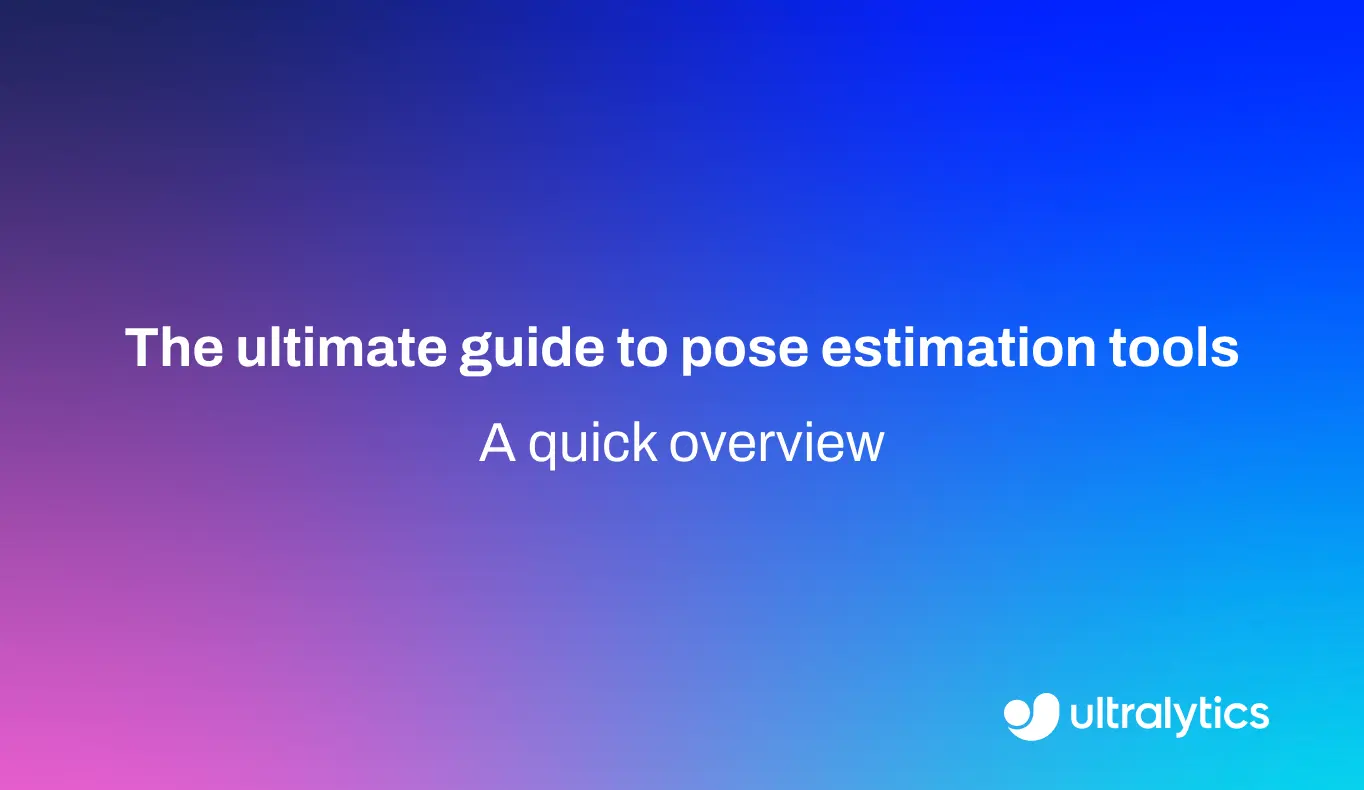Reranker
Enhance search accuracy with rerankers! Discover how advanced models refine initial results for optimal relevance and user satisfaction.
A reranker is a sophisticated model used in multi-stage information systems to refine and improve the ordering of an
initial list of candidates. While a primary system, known as a retriever, quickly gathers a broad set of potentially
relevant items, the reranker performs a more detailed and computationally intensive analysis on this smaller,
pre-filtered set. Its goal is to re-sort these items to place the most relevant ones at the very top, enhancing the
final output's precision and recall. This
two-step process allows systems to balance speed and accuracy, delivering high-quality results efficiently.
How Rerankers Work
Reranking typically involves a two-stage architecture that is common in modern
semantic search and recommendation systems:
-
First-Stage Retrieval: A fast but less precise model (the retriever) scans a massive database to
quickly find a large set of candidate items. In
computer vision, this could be an initial
model that generates numerous potential
bounding boxes for objects. The priority here is
high recall—ensuring no relevant items are missed.
-
Second-Stage Reranking: The initial set of candidates is then passed to the reranker. This is often
a more complex and powerful model, such as a
Transformer-based neural network. The reranker
examines the candidates in greater detail, considering subtle context, semantic relationships, and complex features
that the first-stage retriever ignored for speed. It then calculates a new, more accurate relevance score for each
item and reorders the list accordingly.
This approach is computationally efficient because the expensive reranking model only processes a small subset of the
total data, which has already been filtered by the faster retriever.
Rerankers vs. First-Stage Retrievers
It is important to distinguish between rerankers and first-stage retrievers.
-
First-Stage Retriever: Optimized for speed and recall. Its job is to quickly sift through a vast
amount of data and create a broad, inclusive list of candidates. It uses simpler scoring methods, such as keyword
matching or basic embeddings.
-
Reranker: Optimized for precision and relevance. It takes the manageable list from the retriever
and applies deep, context-aware analysis to produce a final, highly accurate ranking. It is slower and more
resource-intensive but operates on a much smaller dataset.
In essence, the retriever casts a wide net, while the reranker carefully inspects the catch to find the most valuable
items.
Applications and Examples
Rerankers are a critical component in many state-of-the-art
Artificial Intelligence (AI)
applications:
-
Web Search Engines: Companies like Google and
Microsoft Bing use multi-stage ranking systems where rerankers play a crucial
role. After an initial retrieval fetches thousands of pages, a sophisticated reranker analyzes factors like user
intent and content quality to present the most relevant results. This is a core part of modern
information retrieval research.
-
E-commerce Platforms: Sites like Amazon use rerankers to
refine product search results. An initial search might pull up all "running shoes," but a reranker will
analyze user reviews, purchase history, and brand popularity to show the items a user is most likely to buy, a topic
explored in detail by Amazon Science.
-
Retrieval-Augmented Generation (RAG): In systems using
Large Language Models (LLMs),
RAG first retrieves relevant
documents from a knowledge base. A reranker then sifts through these documents to ensure the most factually accurate
and contextually relevant information is passed to the
LLM, significantly improving the quality
of the generated response. Services like the Cohere Rerank API are
specifically designed for this purpose.
-
Analogy in Computer Vision: Post-processing techniques like
Non-Maximum Suppression (NMS) in
object detection models such as
Ultralytics YOLO11 share the same core philosophy. An
object detector first proposes many potential bounding boxes. NMS then acts as a reranker by evaluating these
candidates based on their confidence scores and overlap (IoU), suppressing redundant boxes to retain only the best ones. This refinement is crucial for accurate predictions.
You can explore performance benchmarks and find
model training tips for these models.
The following code demonstrates how NMS, acting as a reranker for bounding boxes, can be configured during inference
with an ultralytics model.
from ultralytics import YOLO
# Load an official YOLO11 model
model = YOLO("yolo11n.pt")
# Run inference on an image with custom NMS settings
# The 'iou' threshold filters out boxes with high overlap, similar to how a
# reranker removes less relevant, redundant items from a list.
results = model.predict("path/to/image.jpg", iou=0.5, conf=0.25)
# Print the results
results[0].show()










